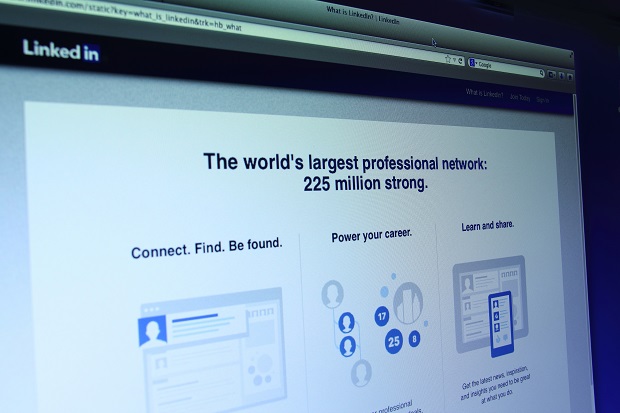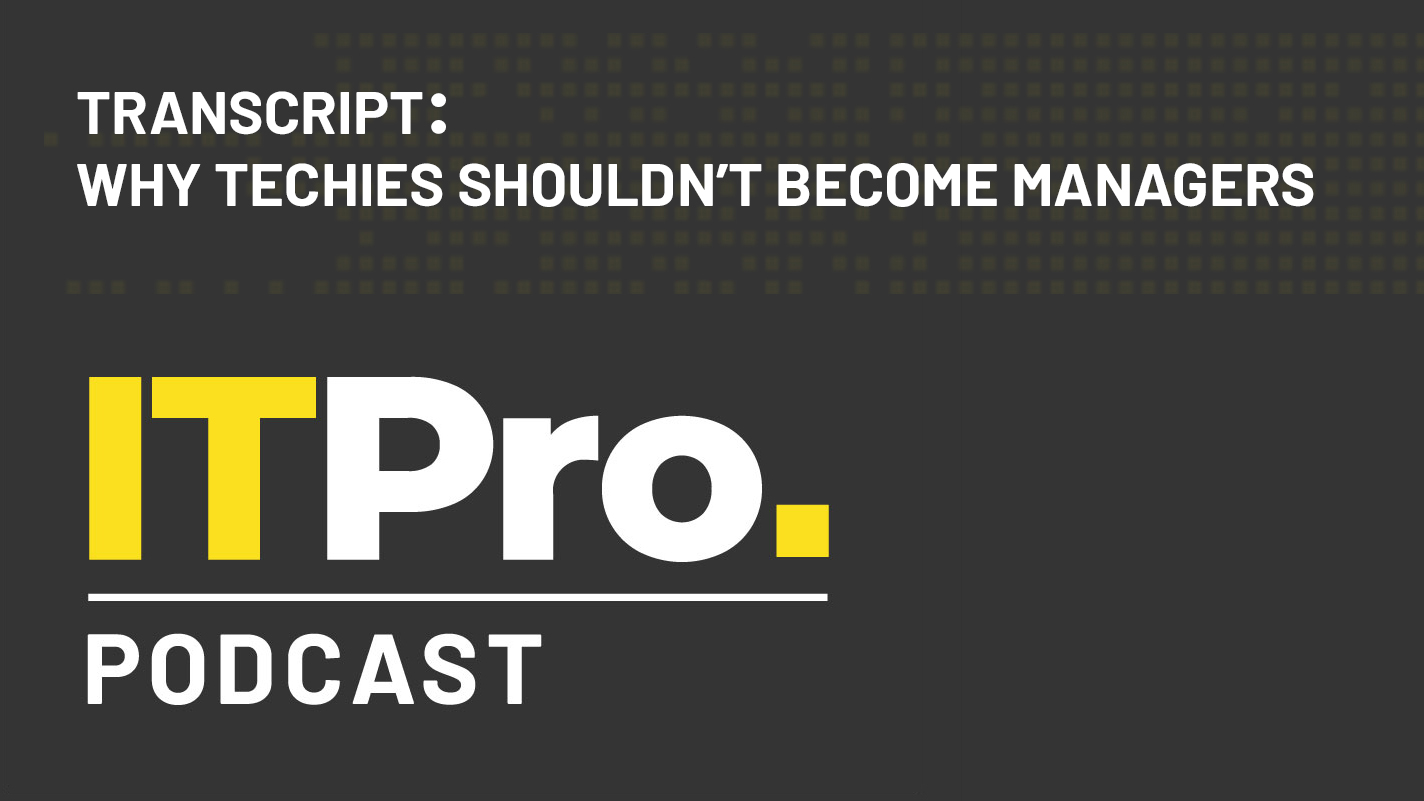LinkedIn: Top 5 tips for finding a new IT job
LinkedIn is fast becoming the recruitment portal of choice for HR managers, so it's time to pay it more attention

Having an up-to-date and engaging LinkedIn profile page is a must-have for any IT professional on the hunt for a new job, as employers are increasingly using the business-focused social network to find potential recruits.
According to the 2014 edition of online recruitment platform Jobvite's annual Social Recruitment Survey, LinkedIn is the top destination for HR professionals looking to fill vacancies within their firms.
In fact, 73 per cent of the 1,800+ respondents to the Jobvite poll said they had sourced potential candidates via social media sites, with 79 per cent of them turning to LinkedIn.
The stats are hardly surprising given how much money employers can potentially save on job ads and recruitment agency fees by getting their in-house staff to trawl LinkedIn for suitable candidates instead.
It also allows employers to be a little more proactive and targeted in their recruitment, as they can contact individuals whose profiles suggest they have the skills, knowledge and experienced their company needs. Rather than sit back, hoping the right person spots their ad and applies for the job.
That's not to say all people have to do is create a LinkedIn page and simply wait for the job offers to roll in, but not having one could put them at a serious disadvantage in today's jobs market.
Below, we run through our top five tips for IT Pro readers hoping to use LinkedIn to secure themselves a new, more highly-paid and rewarding tech job in 2015.
Get the ITPro daily newsletter
Sign up today and you will receive a free copy of our Future Focus 2025 report - the leading guidance on AI, cybersecurity and other IT challenges as per 700+ senior executives
Update, update, update
While having a LinkedIn profile listing details about their employment history, qualifications, and skills is certainly a good start for any new job-seeking IT professional, there is plenty more users can do with their pages to make them standout to potential employers.
Rather than think of their page as static, online CV, users shouldn't be afraid of using the site's blog feature to post timely updates about work-related subjects, to share interesting articles about the IT industry among their contacts and to post business-focused status updates.
73 per cent of HR professionals have sourced potential candidates via social media sites, with 79 per cent of them turning to LinkedIn.
This will not only add colour to their page, but also helps potential employers get a better sense of the person behind the profile and what they know.
Grab the headlines
Each LinkedIn profile allows users to include a "headline" about themselves that neatly sums up what they're all about.
Some people use this feature during their job search to concisely state what they're doing now, and what they'd like to do next, which sends a clear message to potential employers that they're on the lookout for a new job.
Obviously, it's not possible for everyone to be so overt about their desire to change careers, particularly for those in long-term employment, but we'd still advise making use of the headline feature as it provides another means of flagging what you can do.
Make connections
If IT pros can count the number of LinkedIn connections they have on one hand, any blogs you write or statuses you share won't be seen by very many people, and that defeats the point of joining the site in the first place.
To increase their pool of contacts, job seekers should search the site for friends, former colleagues and any other industry contacts they know to build out their networks.
From here, depending on how forward they are, they could privately ask their connections to introduce them to other industry-types they feel might be worth getting to know for career progression purposes.
Follow the firm
Often people have in mind a company they'd love to work for, if an opportunity were to arise. LinkedIn allows users to "follow" companies they might be interested in working for (or tracking for competitive reasons) so they can keep abreast of all the latest developments.
For example, a company might use their channel to announce their expansion plans, product launches, staffing changes and new job opportunities.
So, it makes sense for job seekers to use this feature to keep tabs on any companies they might be interested in working for one day in case an opening arises.
Provided they've paid attention to what's been published, this means they should be well-versed in what the company does and what they're going to do next if they do end up bagging an interview with them.
Join groups
There are thousands of IT-related groups on Linkedin, and signing up to a few, contributing to discussions or simply soaking up what's being talked about can all help in the hunt for that elusive dream job.
By becoming an active group participant, job seekers might find themselves on the radar of a potential recruiter and may also benefit from accruing even more industry knowledge.
Rightly or wrongly, some members choose to post job ads in groups, so it's worth checking in every so often just to see if any new opportunities have arisen.
-
 IT Pro Panel: Tackling technical recruitment
IT Pro Panel: Tackling technical recruitmentIT Pro Panel With the recruitment market shifting, how can businesses both retain their best staff and fill gaping talent shortages?
By Adam Shepherd
-
 Podcast transcript: Why techies shouldn’t become managers
Podcast transcript: Why techies shouldn’t become managersIT Pro Podcast Read the full transcript for this episode of the IT Pro Podcast
By IT Pro
-
 The IT Pro Podcast: Why techies shouldn’t become managers
The IT Pro Podcast: Why techies shouldn’t become managersIT Pro Podcast Managing people is a completely different skillset to managing technology - so why do we keep pushing people from one to the other?
By IT Pro
-
 Podcast transcript: How umbrella companies exploit IT contractors
Podcast transcript: How umbrella companies exploit IT contractorsIT Pro Podcast Read the full transcript for this episode of the IT Pro Podcast
By IT Pro
-
 The IT Pro Podcast: How umbrella companies exploit IT contractors
The IT Pro Podcast: How umbrella companies exploit IT contractorsIT Pro Podcast Is tighter regulation needed to stop workers from being cheated out of earnings?
By IT Pro
-
 Data scientist jobs: Where does the big data talent gap lie?
Data scientist jobs: Where does the big data talent gap lie?In-depth Europe needs 346,000 more data scientists by 2020, but why is the gap so big?
By Zach Cooper
-
 Four tips for effective business collaboration
Four tips for effective business collaborationOpinion Collaboration is about more than just removing office walls
By Esther Kezia Thorpe
-
 IT Pro Panel: The truth about talent
IT Pro Panel: The truth about talentIT Pro Panel Why is it still so hard to find good people?
By Adam Shepherd

